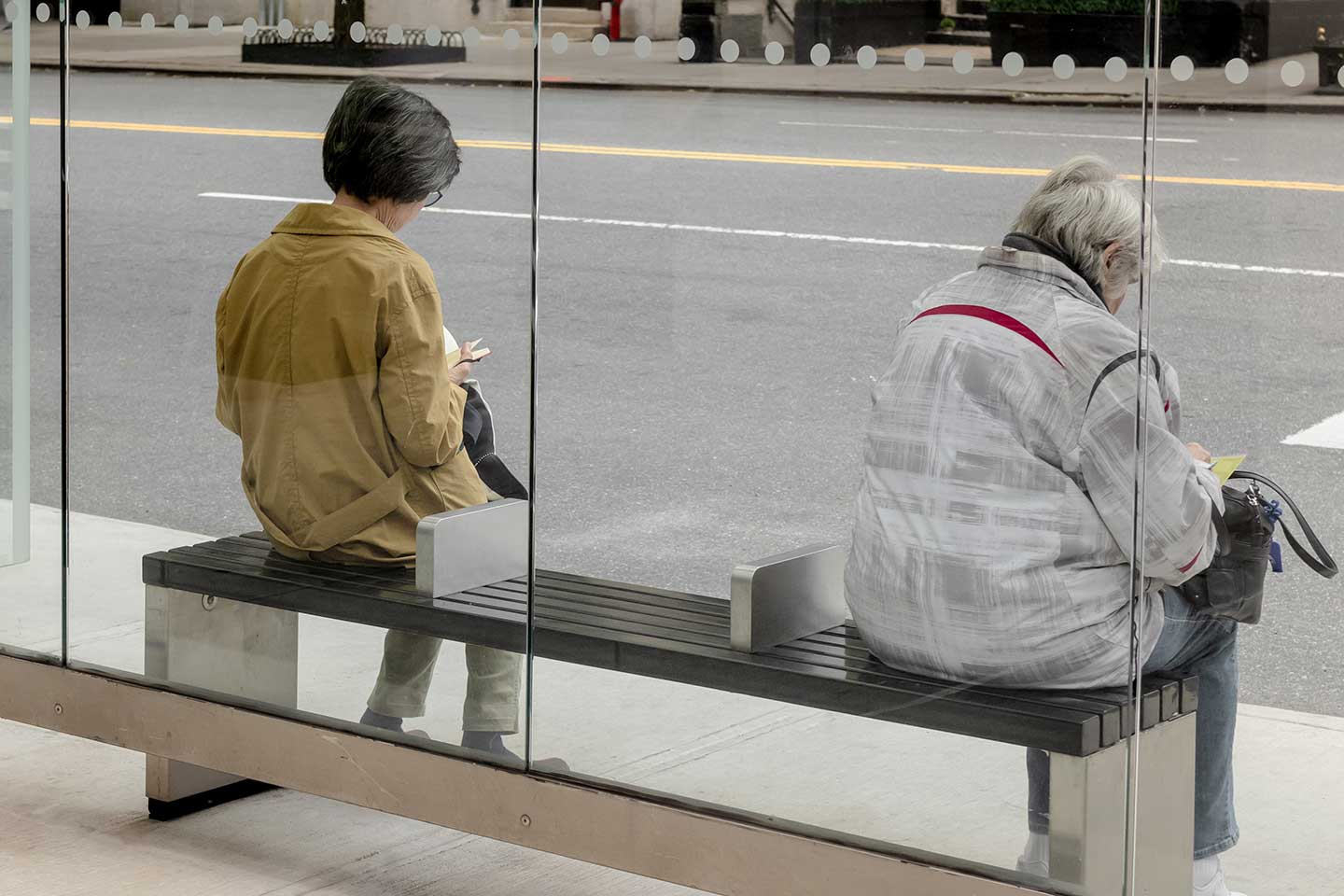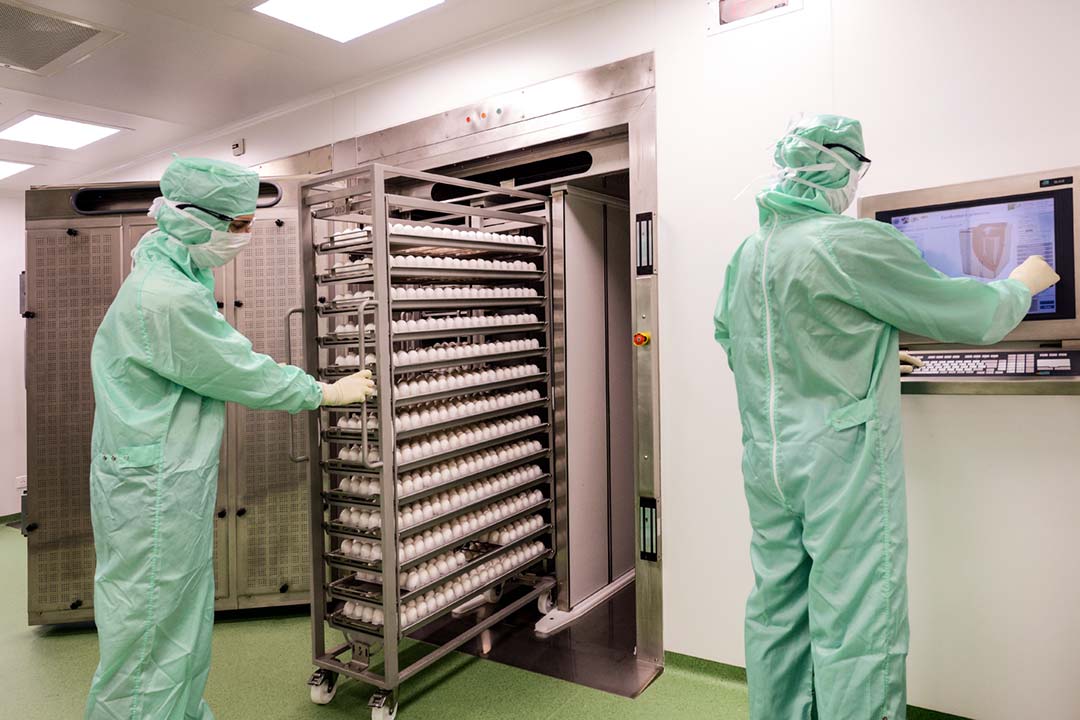What to expect when you get a COVID-19 vaccine
Now that the first COVID-19 vaccine has been approved, and others are on the way, what does getting vaccinated actually involve? Here are some of the logistics involved and what to expect after you’ve had your vaccine.
- 21 December 2020
- 5 min read
- by Priya Joi

The Pfizer/BioNTech vaccine has been rolled out in the UK and USA, but unless you are a health worker, live in a care home, or are older than 80 years, you are unlikely to get the vaccine any time soon. However, manufacturers are working flat-out to make more doses available - when it is available more widely, this is what you need to know.
Even after being vaccinated, it’s important to continue to wear a face mask, wash hands regularly and maintain physical distancing, particularly given that we still don’t know if these vaccines prevent transmission of the virus.
Getting the vaccine
Different vaccines have varying storage requirements. Pfizer/BioNTech’s vaccine must be stored at -70°C, however, once thawed, it can be stored for five days at fridge temperatures (2-8°C) but once out of the refrigerator, it needs to be used within six hours. Whereas Moderna’s vaccine can be stored at standard freezer temperatures of -20°C and is stable for 30 days in a refrigerator. The Oxford/AstraZeneca vaccine can be kept at 2-8°C at all times. Once the vial is opened, it needs to be used within six hours when stored at room temperature and within 48 hours when stored in a refrigerator.
This means that hospitals and clinics where the vaccines will be made available will need to carefully coordinate asking people to come in for vaccination, since it’s vital that appointments are not missed as that will waste valuable vaccine doses.
Once you have made it to the clinic, what does the vaccination itself actually involve? The Pfizer vaccine is an intramuscular injection into the top of the arm and this particular vaccine needs two doses, three weeks apart. The Moderna vaccine, an RNA vaccine like the Pfizer one, is also given via an intramuscular injection on two doses that are 28 days apart. The other front-runner, the Oxford/AstraZeneca vaccine is also an intramuscular injection given a month apart. Some vaccines are being developed as nasal sprays, which could make taking them easier than injections, which require people to go to hospitals or clinics twice for a jab.
Have you read?
How safe is the vaccine?
Although this is the first RNA vaccine to be approved for human use, the basic idea of getting a piece of viral genetic code into human cells to trigger an immune response isn’t new – we already do this with viral vector vaccines. Moreover, the process to develop the Pfizer vaccine was rigorous – nearly 40,000 people were recruited to the clinical trial, and regulatory authorities carefully weighed the risks versus benefits of approving it for emergency use.
In these sorts of vaccines, a modified virus (the vector) delivers the genetic code for part of the virus (in the case of COVID-19, spike proteins) into human cells. As with RNA viruses, our cells are co-opted into producing the viral protein so our immune systems can react.
As RNA doesn’t enter the nucleus (the centre of our cell), it doesn’t come into contact with our genome. In addition, it is short-lived, degrading within 72 hours, so there is no chance of the RNA interfering with our genome.
What should you look out for after vaccination?
After the vaccination, there is a small chance that you might have a fever, chills or tiredness – essentially flu-like symptoms – which are common side-effects of many vaccines, but people are advised to call their doctor if they have more worrying side effects or if the side effects don’t go away after a few days.
Even after being vaccinated, it’s important to continue to wear a face mask, wash hands regularly and maintain physical distancing, particularly given that we still don’t know if these vaccines prevent transmission of the virus.
Can I pay for a vaccine and skip the queue?
For the first 9-12 months, the Pfizer/BioNTech, Oxford/AstraZeneca, Moderna vaccines are likely to go to public sector buyers. Governments and COVAX are currently willing to buy whatever companies can produce as the public health need is so urgent; companies are likely to find it easier to deal with governments than a myriad of private sector buyers.
What happens after the current round of purchases will probably depend on long-term government policies and vaccination recommendations. Not everyone is going to get vaccinated with COVID-19 vaccines in the first 12 months, even in high-income countries. It is uncertain whether governments will continue to buy and make available COVID-19 vaccines for all people who have not been vaccinated yet, or whether they will scale back their involvement at some point.
Once vaccine supply outstrips the public sector demand, vaccines will start going to the private sector if there are people who cannot or will not get vaccinated through government programmes. Eventually, we are likely to have a mix of public and private buyers globally, similar to what we have for other vaccines.
Another issue is what will happen with vaccines from manufacturers that are not WHO prequalified or approved by a stringent regulatory authority. Their supply may outstrip public sector demand more quickly, at which point they are likely to start selling to the private sector if they can.








